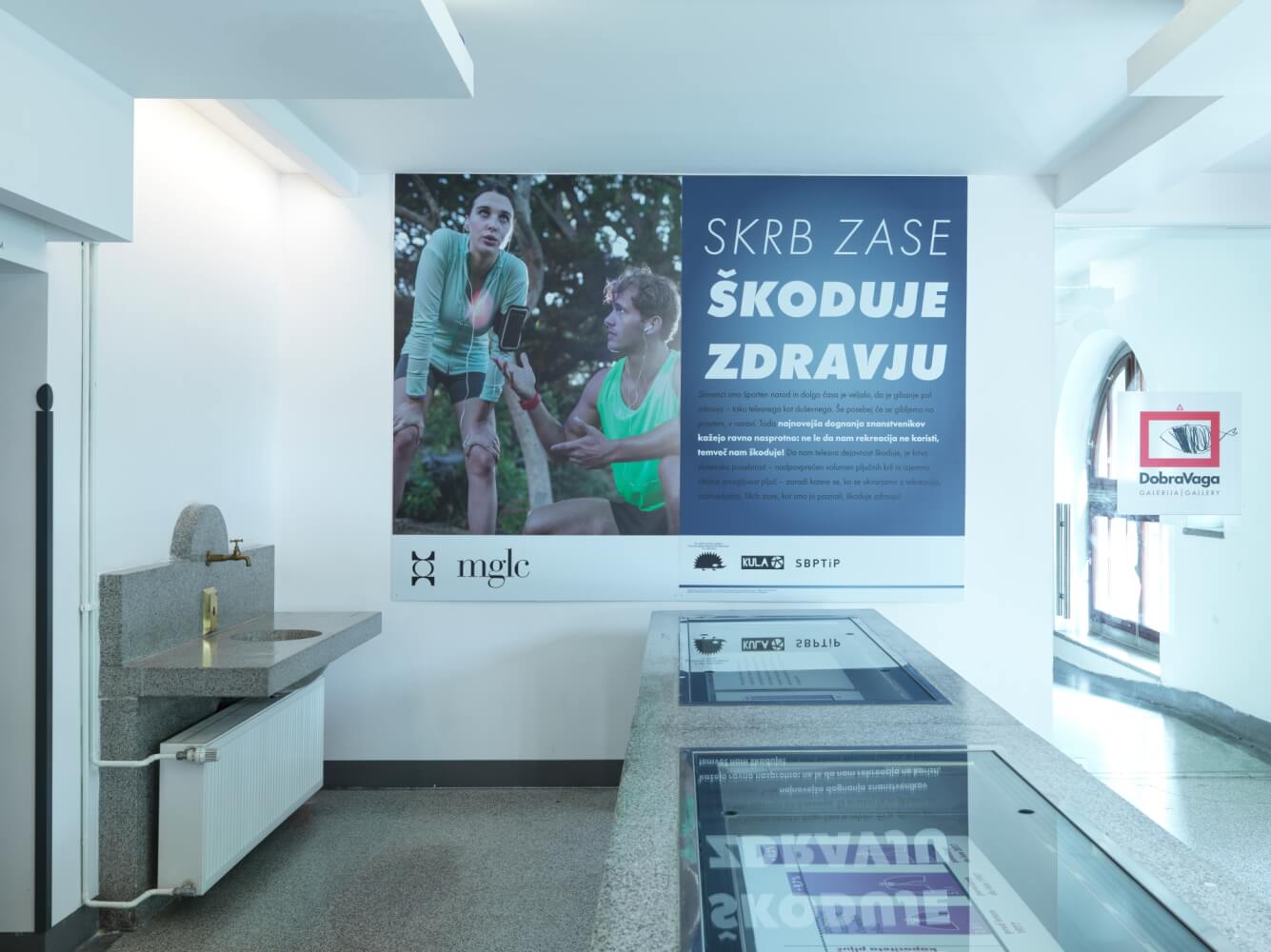
Crack Up - Crack Down, 33rd Ljubljana Biennial of Graphic Arts, curated by Slavs and Tatars, 2019, Installation view, Photo Jaka Babnik. MGLC Archive.
LJUBLJANA BIENNIAL
OF GRAPHIC ARTS
Sports and culture don’t walk hand in hand in Slovenia, a local journalist tells me on my first evening in Ljubljana, claiming the latter is being second-graded in the course of country’s diligent branding as resource for health-conscious and Decathlon normcore holiday aficionados. As I glanced at the ethereally emerald surface of river Ljubljanica prominently pulsing through the city’s central stretch, my uncluttered mind felt beneficially fit to dive into the 33rd Ljubljana Biennial of Graphic Arts.
Admittedly, the inclusion of word graphic in the title denoted a similar sentiment of lightness-inducing therapy when considering a wider scope of contemporary art dynamics with its recycle neurosis, post-medium crisis and plague of large-scale installation blur. It is part refreshing part liberating being able to revise my own presumptions on the subordinate lineage of graphic art. In the booklet accompanying the show I am reminded that the biennial has long and established history; launched in 1955 during the Cold War partition and at the time of Yugoslavia’s non-aligned position, the exhibition had political and cultural significance as a rare meeting point for artists beyond the East-West divide.
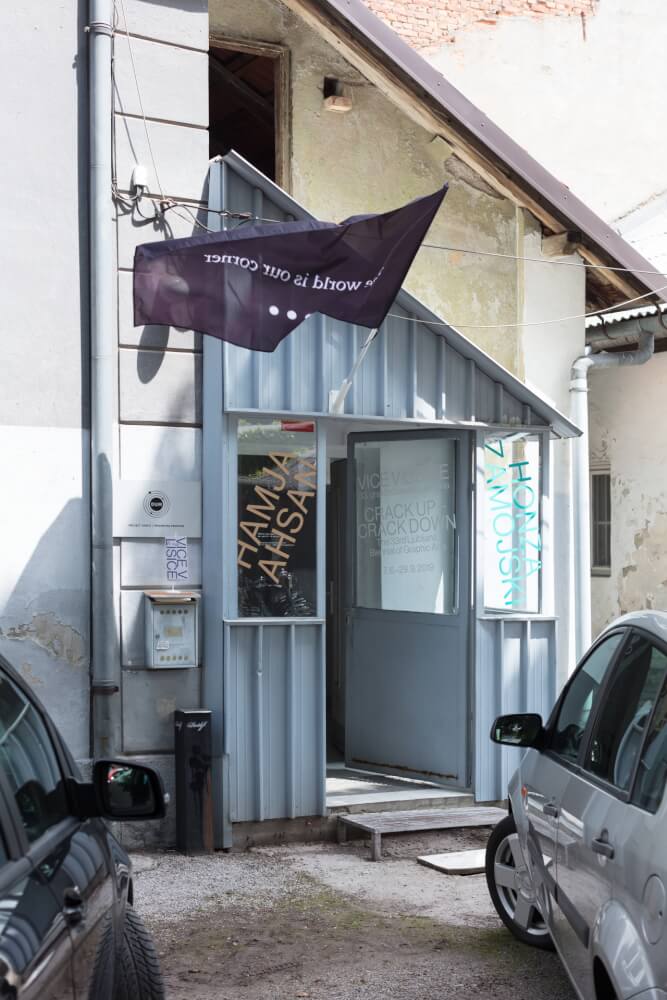
Hamja Ahsan, The Aspergistan Referendum, 2019, Crack Up - Crack Down, 33rd Ljubljana Biennial of Graphic Arts, curated by Slavs and Tatars, 2019, Installation view, Photo Jaka Babnik. MGLC Archive.
Similarly, these two key threads, graphic and geopolitical also guide the art practice of Slavs and Tatars in their underlining ethos for transgressing geographical sites and socio-political borders across a vast area also known as Euroasia, a geographical territory extending “to an area east of the former Berlin Wall and west of the Great Wall of China”. Centred around three integral formats, performance-lectures, printed matter and installations, the collective spins off hybrid fusion of philosophy, history, philology into a universally translatable and visually jarring vocabulary, underlain with strong graphic and pop-cultural sensibilities.
Expectedly, their biennial edition titled Crack up Crack Down is marked by a set of nuanced questioning and probing into template thinking around graphic art. How does this traditional medium even accompany the processes in a world that is becoming increasingly polycentric, multi-dimensional and complex? By stepping outside the confines of considering “graphic” as a medium they suggest to take on a more performative route that charts the interconnections between graphic arts and satire, a medium that can tease, taunt and terrorise. Bringing together historical and contemporary artists, as well as publishers, scholars, activists, polemicists and stand up comedians, Slavs and Tatars explore the slippery waters of satire as “many headed creature” that critically hinges between entertainment, social criticism and regressive conservatism.
The intention to involve as many non artists as possible resonated in situations where such encounters were given space and made for a welcoming mix of discovery, distraction and the unexpected. The text based interventions by writer and activist Hamja Ahsan stood out through their gentle off-guarded presence across different venues. Embodied on walls in nonlinear sequences, Ahsan’s poetically inclined passages are derived from his publication Shy Radicals, which reads as a a hymn to introversion and calls for all shy, introvert and autistic people to unify. Embeding the political in deceptively clean and simple graphic illustrations, Ahsan’s speculative activism parodies and destabilises the standard mode of address associated with political manifestos, engaging body language and gestures to reimagine new lexicon for democracy. In our world of celebrity culture and reactionary politics, where the loudest and often the most obnoxious voices shape public debate and hold political office, the book details a fictional but compelling project of radical societal transformation.
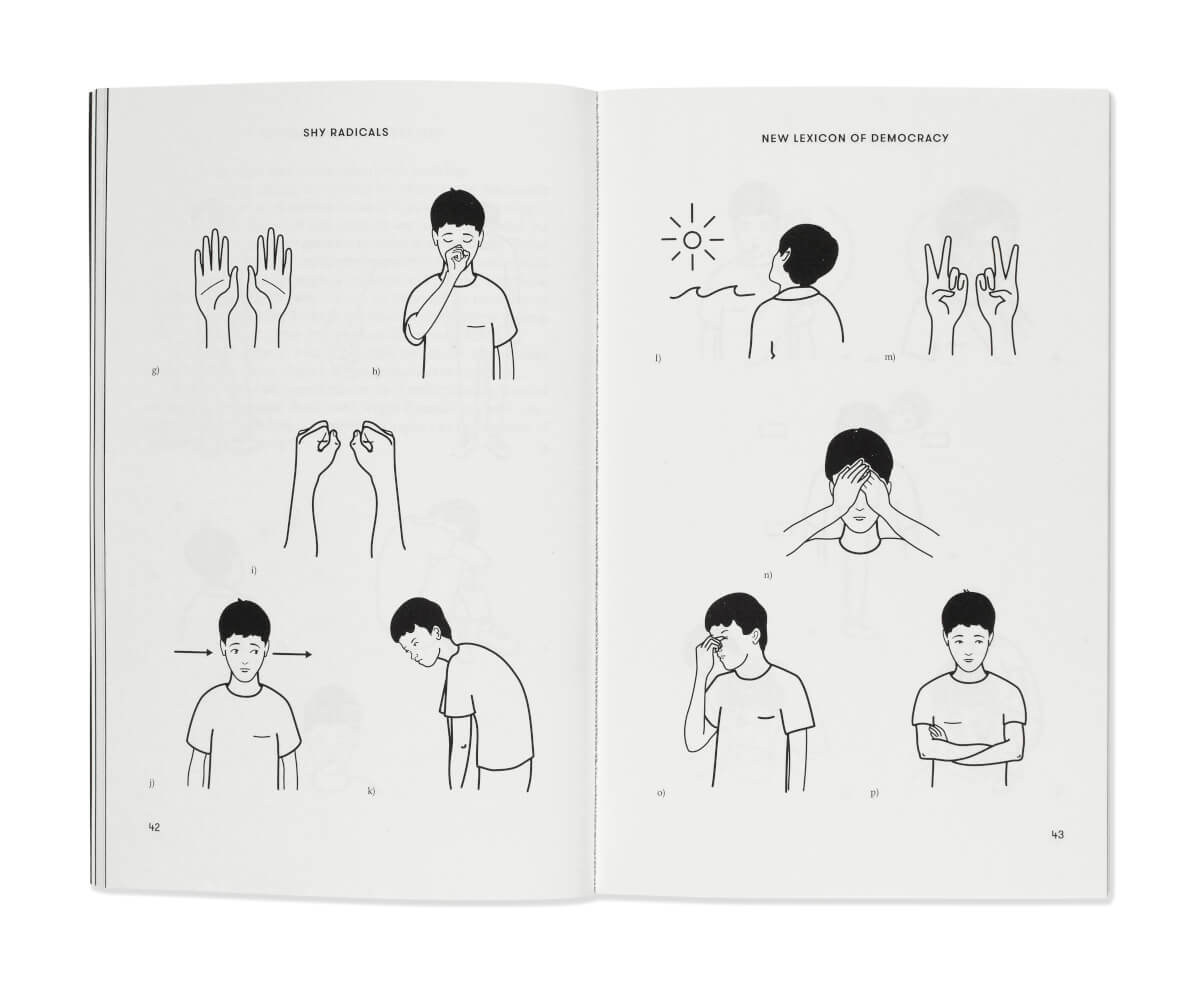
Shy Radicals: The Antisystemic Politics of the Militant Introvert, 2018; softcover, published by Book Works; cover and illustrations; Rose Nordin. Courtesy of the artist.
Another moment of surprise and genuine puzzlement was served under the intimate roof of Dobra Vaga, part of a local fish market where KULA, the Slovene Ethnological and Anthropological Association, presented their study revolving around Slovene’s obsession with exercising and wellbeing, which also extends further into our era’s obsession with beauty consumption and self-care regime. In collaboration with artist Alenka Pirman, KULA’s project presents an anthropological - educational study that addresses various everyday aspects of life in Slovenia with unexpected results. Looking for the Slovene with the Strongest Lungs is their newest investigation that exploits the banal aesthetic of fitness campaign brochure with witty irony.
The largest biennial venue is home to MGLC (International Centre of Graphic Arts), an unassuming classical building with proportions of a modest castle, perched on top of a green hill. It overlooks the enveloping park in pair with its sister venue The Švicarija Cultural Centre (Swiss House) a pristine-looking Alpine style mansion. The exhibition extends downtown through a number of smaller public galleries and project spaces that present a constellation of grouped and single artistic positions. Veering away from homogenous institutional cartography the biennial curves and slips into several off site locations; the marble classicism of National Library (masterwork of architect Joze Plecnik - the man who left a large scale imprint on Ljubljana), and the aforementioned Dobra Vaga.
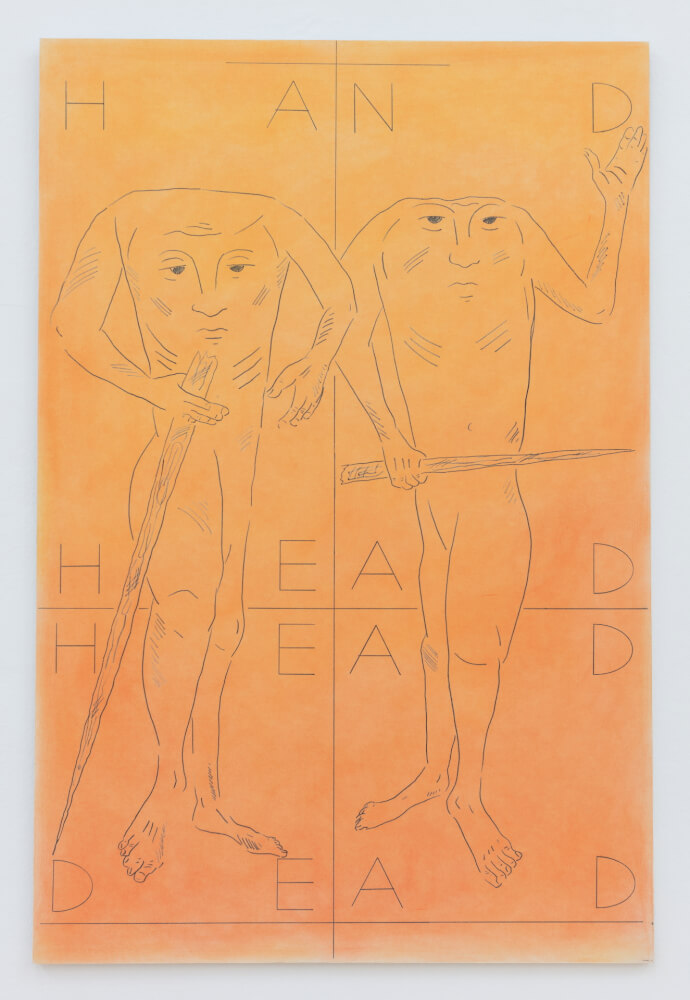
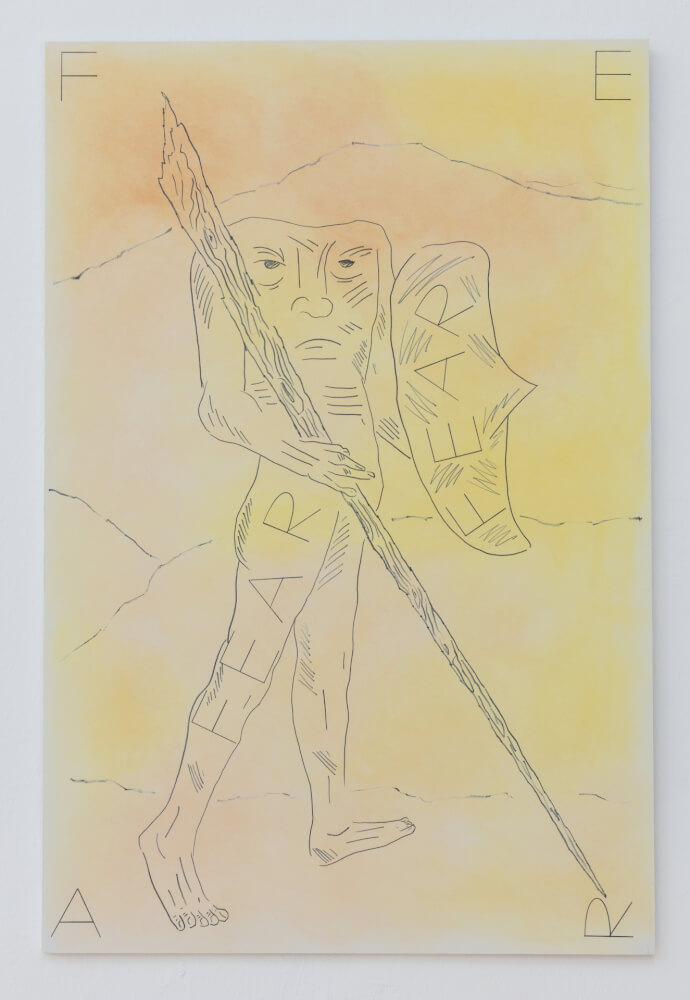
Honza Zamojski, Untitled (The Gathering), 2019; drawing (made using carbon copy paper), Crack Up - Crack Down, 33rd Ljubljana Biennial of Graphic Arts, curated by Slavs and Tatars, 2019, Installation view, Photo Jaka Babnik. MGLC Archive.
As the evening restored crisp Alpine air, we gathered around a scenic outdoor terrace adjacent to MGLC, where the renewed setting awaited decked in candles and elegant white. The public programme translated into a guilt-free entertainment evening of music and stand up comedy. Performed by the French artist Augustin Mauris and his brass band the cabaret-inspired, smooth repertoire brought a full measure of the affective power of satire home to me. The exuberant resonance oozing through Favourite Songs of my Neighbours Abusers and Despots in which Mauris assembled songs that have been used and abused by autocratic figures including Mussolini, Hitler and Donald Trump, was a mastery of deceptive excess delivered with excessive seriousness and candour. And so we linger into the night, intertwining and embracing laughter and conviviality, as to take our current climate seriously would be frightening.
Text: Nina Vukelić

